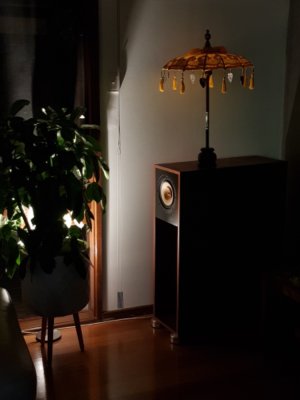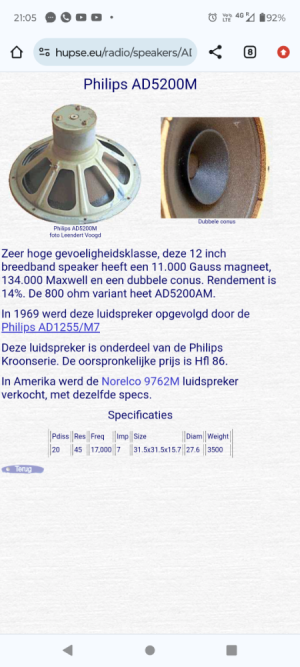I think
@Sumanta is only pointing out the limitation of using the term “full range” in the context of a single driver that can reproduce a even audible response over the full human hearing range (20-20kHz).
I think we can all agree that Physics and the limits of engineering makes it impossible for any single driver (in a ported, or sealed or OB) to produce a flat frequency response across the 20-20kHz spectrum. Reproduction of a 25hz note while at the same time a 18000hz note (and several other frequencies (as in many music) is a tough ask for any magnet or cone material (Distortion is usually the result)
Many come reasonably close but fall off before reaching one end or both ends of the spectrum. Hence augmentation with a super tweeter or a Sub woofer or both is common.
But those of use who love single driver speakers are in love with the immediacy and musical coherence of what a well engineered and designed pair of such speakers bring to our experience of music.
Which brings us nicely and logically to the popularity of putting the tweeter inside the woofer to get the point source coherence and timing right while covering the whole spectrum better. But a crossover is usually part of such designs. I think Tannoy innovated this over a century ago.
So maybe we can settle with “Full range signal” powering a single driver that reproduces a large and satisfying range of the audible spectrum ?









